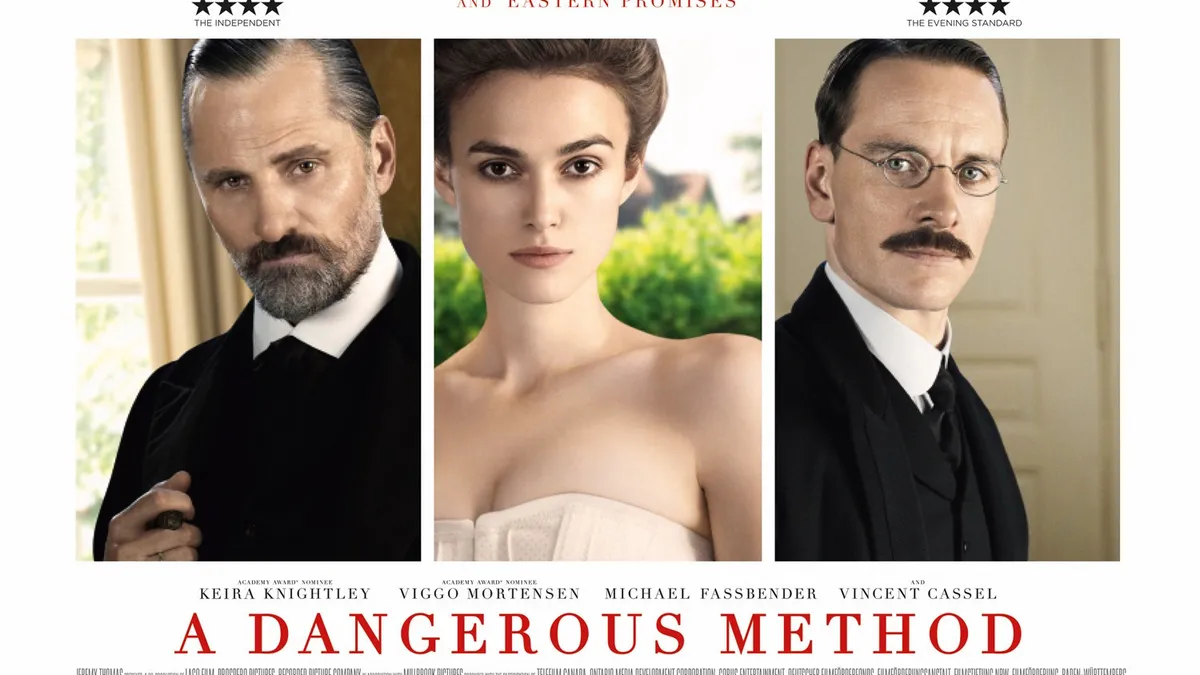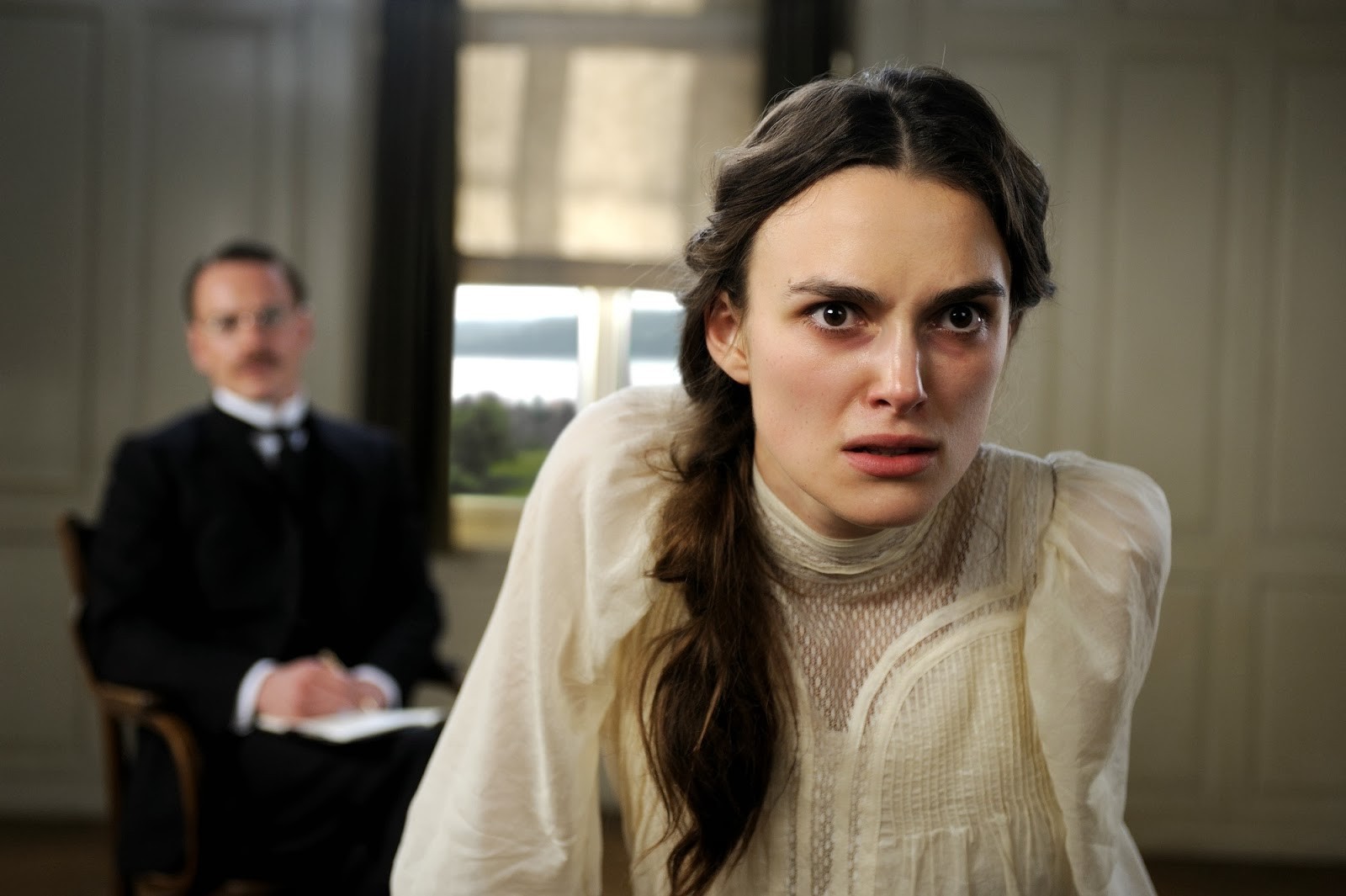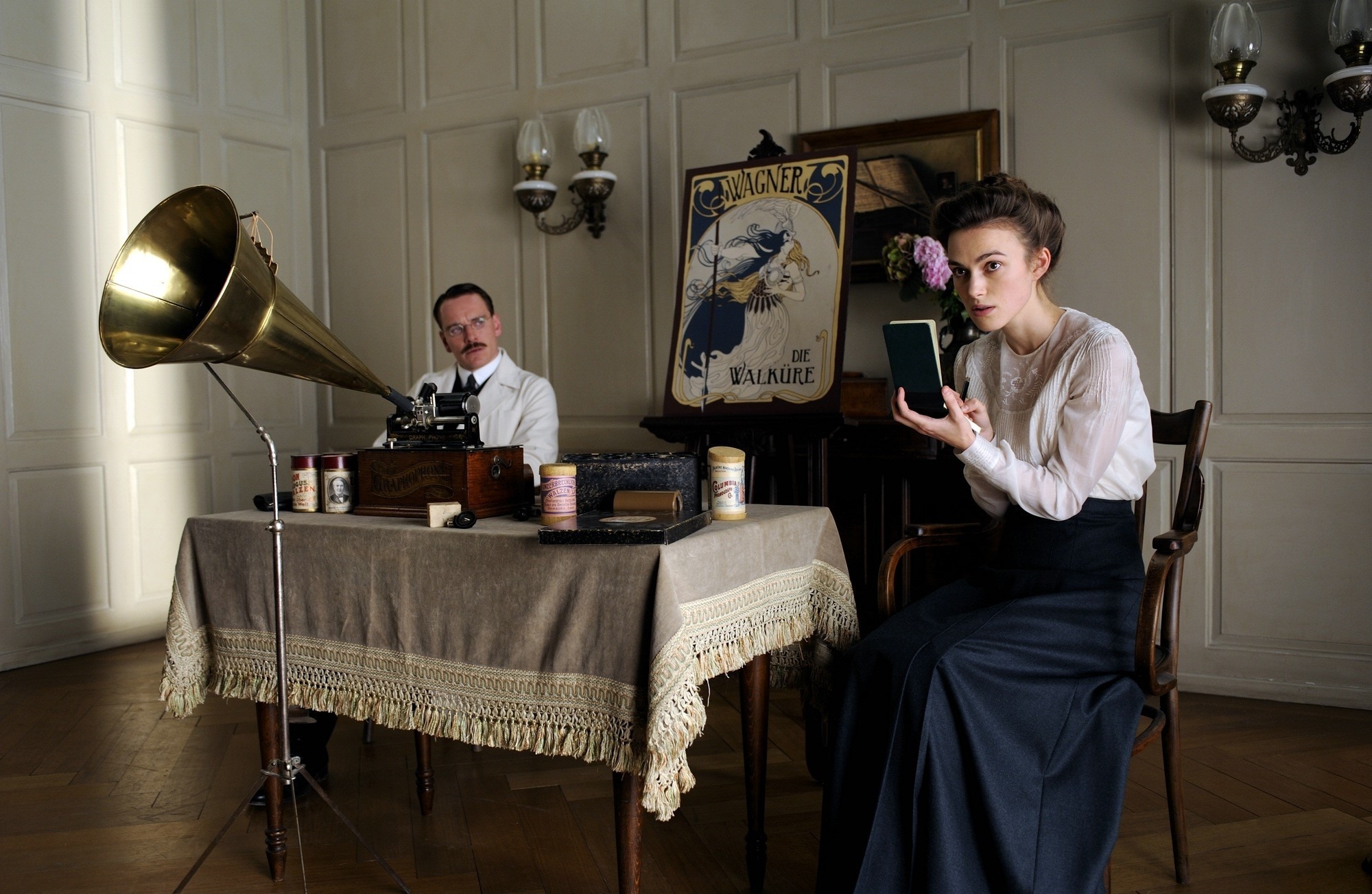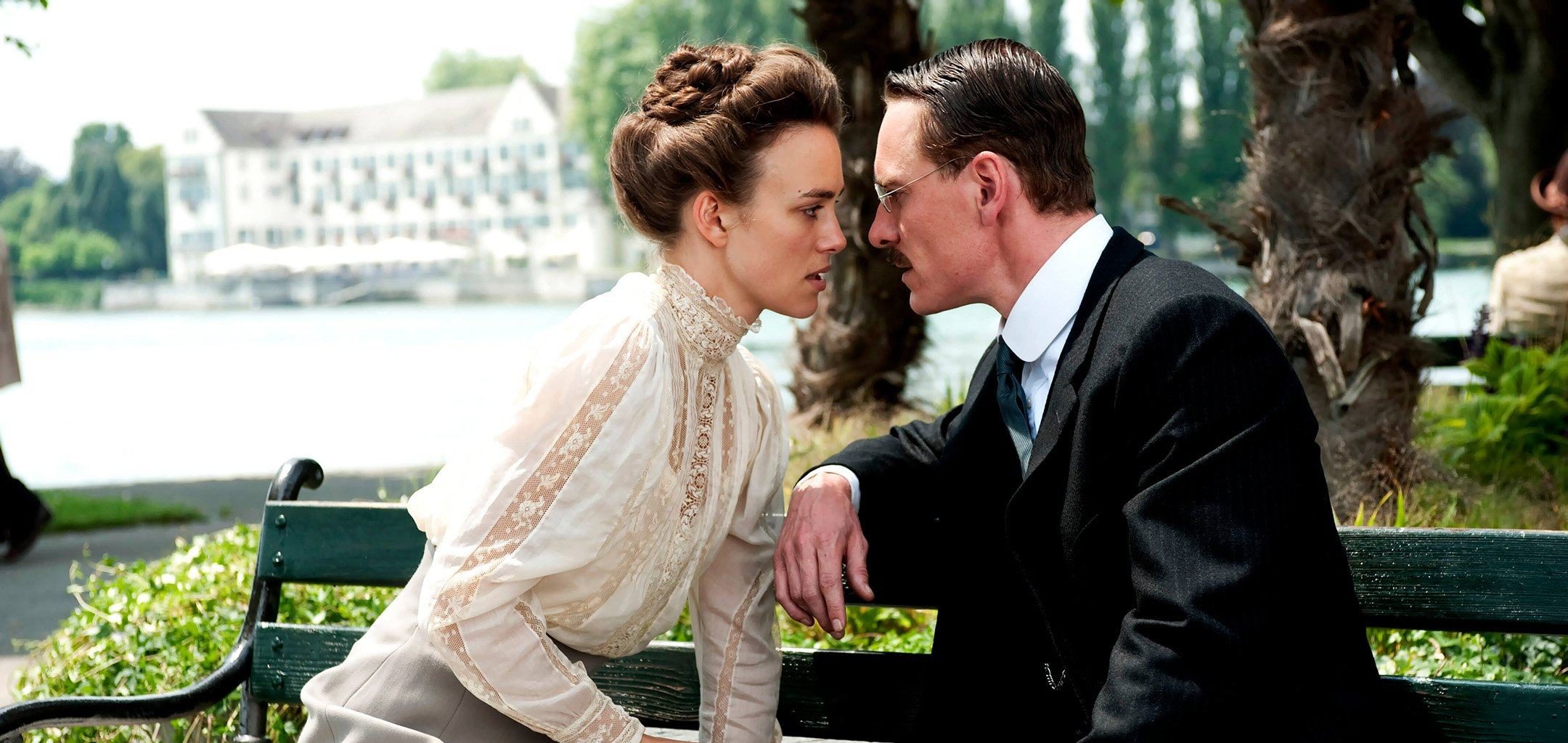A Dangerous Method (2011)

“A Dangerous Method” (2011) is a historical drama film directed by David Cronenberg, focusing on the complex relationships between some of the pioneers of psychoanalysis. The film is based on the play The Talking Cure by Christopher Hampton and explores the interactions between Sigmund Freud, Carl Jung, and their patient Sabina Spielrein. It stars Keira Knightley, Viggo Mortensen, Michael Fassbender, Sarah Gadon, and Vincent Cassel, each delivering compelling performances that bring these historical figures to life.
Set in the early 20th century, the film begins by introducing Sabina Spielrein (Keira Knightley), a young woman who is suffering from mental illness. She is referred to Dr. Carl Jung (Michael Fassbender), a rising star in the world of psychoanalysis. Under his care, Sabina begins to undergo psychoanalytic treatment, which is portrayed as both therapeutic and controversial. As their professional relationship deepens, it eventually turns into a personal one, with Sabina and Jung developing a complex, romantic, and sexual connection.
The film also delves into the relationship between Carl Jung and Sigmund Freud (Viggo Mortensen). Freud, the father of psychoanalysis, mentors Jung as he develops his own theories and practices. However, as Jung’s ideas begin to diverge from Freud’s, tensions between the two men rise. Their intellectual and professional conflicts reflect the broader struggle between tradition and innovation in the field of psychoanalysis. Freud’s unwavering belief in the sexual basis of neuroses clashes with Jung’s more holistic approach, which emphasizes the importance of spirituality and the unconscious.

The character of Sabina Spielrein plays a pivotal role in the narrative, both as a patient and as a catalyst for the tensions between Freud and Jung. She is not only the subject of psychoanalytic treatment but also becomes an active participant in the development of psychoanalytic theory. Sabina’s own experiences, particularly her early trauma and the forbidden relationship with Jung, challenge and expand Jung’s understanding of the psyche. Her character arc explores themes of power, control, and liberation, making her a fascinating and complex figure in the film.

Visually, the film is shot in a subdued, period-accurate style that emphasizes the intellectual and psychological depth of the story. The cinematography is somber, reflecting the internal struggles of the characters and their complex relationships. The setting, primarily taking place in offices, homes, and psychiatric clinics, mirrors the constrained and often suffocating world in which these historical figures lived and worked. The muted color palette adds to the film’s overall tone of introspection and tension.

“A Dangerous Method” ultimately explores the intersection of love, power, and intellect in the field of psychoanalysis. It portrays the struggles of Freud, Jung, and Spielrein in a way that highlights their humanity and the personal costs of their intellectual pursuits. The film examines the ways in which personal relationships, especially those with power dynamics, can shape and influence the development of groundbreaking ideas. Through its strong performances, thoughtful direction, and historical depth, A Dangerous Method offers an intriguing glimpse into the lives of some of the most influential minds of the 20th century.











